Home>Interior Design>Ceiling Ideas: 13 Ways To Add Interest To The Fifth Wall
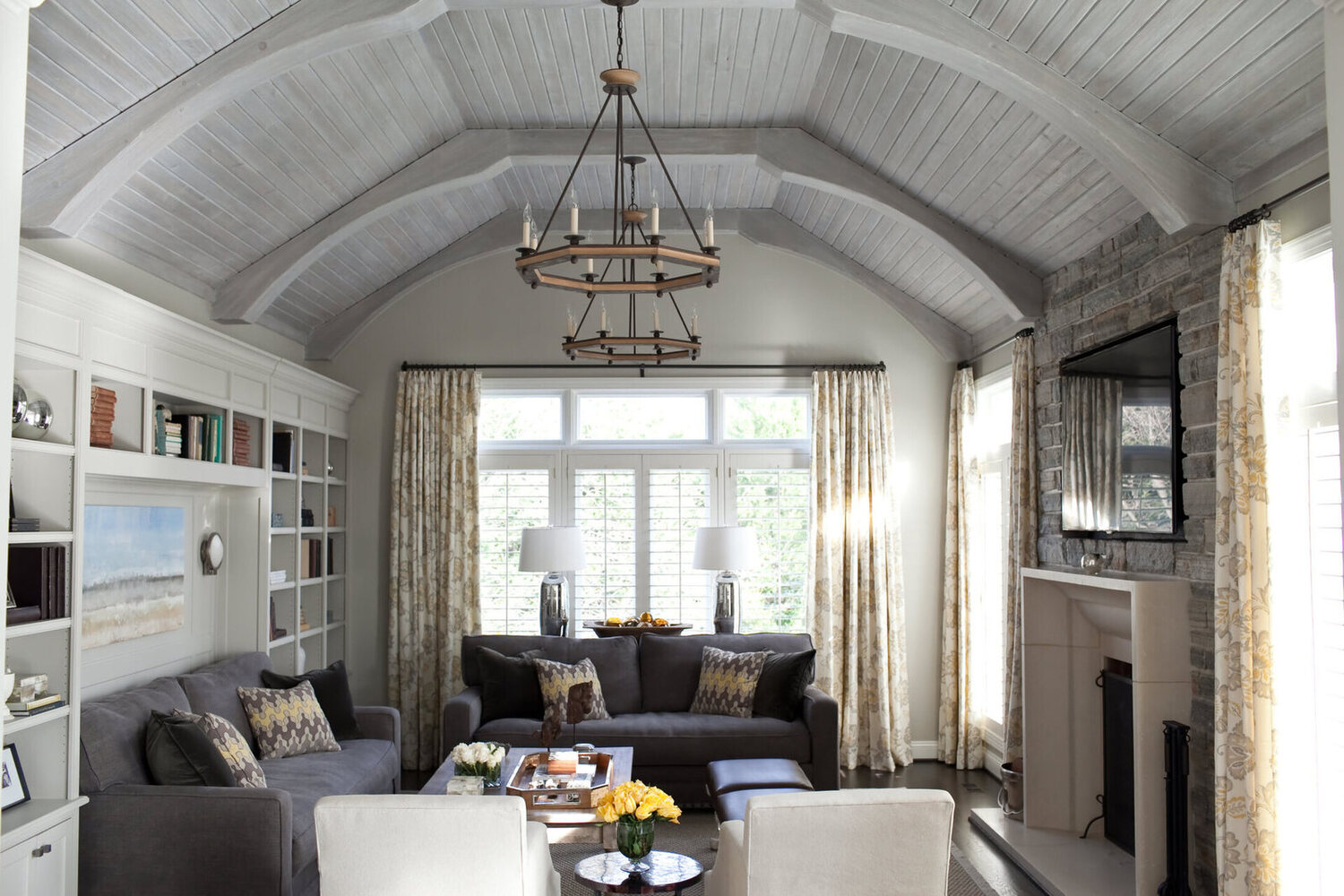

Interior Design
Ceiling Ideas: 13 Ways To Add Interest To The Fifth Wall
Modified: January 18, 2024
Looking for interior design ideas for your ceiling? Check out these 13 creative ways to add interest and style to the fifth wall of your space.
(Many of the links in this article redirect to a specific reviewed product. Your purchase of these products through affiliate links helps to generate commission for Storables.com, at no extra cost. Learn more)
Introduction
In the world of interior design, the ceiling often becomes the forgotten element – overshadowed by the walls and floors. However, a well-designed and creatively treated ceiling can add a touch of elegance and uniqueness to any space. It is the fifth wall that deserves attention and can transform a room from ordinary to extraordinary.
Whether you have a high ceiling, a low ceiling, or a sloped ceiling, there are numerous ways to add interest and create a visual impact in this often-neglected area. In this article, we will explore 13 innovative ideas to elevate your ceilings to new heights. From statement ceilings to elaborate finishes, these ideas will inspire you to think beyond conventional design and embrace the possibilities of the fifth wall.
Key Takeaways:
- Elevate your space by transforming the often-neglected ceiling into a captivating focal point with innovative ideas such as statement ceilings, exposed beams, and textured panels. Let creativity and personal style shine through to make a lasting impression.
- Incorporate lighting strategically to enhance the beauty of your ceiling design, whether it’s through pendant lights, chandeliers, or skylights. Embrace the versatility of different ceiling treatments to create a visually stunning and captivating fifth wall.
Statement Ceilings
A statement ceiling is a bold and creative way to instantly draw attention to your space. It offers a unique opportunity to showcase your style and make a stunning visual impact. There are various options to consider when creating a statement ceiling.
One option is to paint the ceiling in a contrasting color that complements the overall design scheme. For example, if your walls are painted in a neutral tone, consider adding a pop of color to the ceiling to create a striking contrast.
Another idea is to incorporate architectural elements onto the ceiling. For instance, you can install decorative ceiling tiles, medallions, or moldings to add texture and dimension. These architectural details can create an elegant and sophisticated look, especially in rooms with high ceilings.
If you’re feeling adventurous, consider using wallpaper or mural on the ceiling. This can add a unique and eye-catching element to the space, whether it’s a subtle pattern or an elaborate design. Just remember to choose a wallpaper that complements the rest of the room and doesn’t overwhelm the space.
For those who want to make a bold statement, consider incorporating a faux finish technique on the ceiling. This can include faux wood beams, faux tin tiles, or even a faux sky effect with clouds. These techniques can add depth and visual interest to the space, creating a truly memorable ceiling.
Lighting can also play a key role in creating a statement ceiling. Consider installing recessed lights, pendant lights, or chandeliers that highlight and enhance the architectural features of the ceiling. This will not only provide practical illumination but also serve as a focal point in the room.
Remember, the goal of a statement ceiling is to make a dramatic impact and showcase your personal style. Let your creativity run wild and don’t be afraid to think outside the box. Whether it’s through color, texture, or architectural elements, a statement ceiling can transform an ordinary room into an extraordinary space.
Exposed Beams
Exposed beams are a classic and timeless way to add interest and character to a ceiling. They can bring a rustic charm to a space or add an architectural element to a modern design. Exposed beams create a visual impact by drawing attention upward and adding depth to the ceiling.
If your home already has exposed beams, consider highlighting and enhancing them to make them a focal point. You can apply a fresh coat of stain to bring out the natural wood grain or paint them in a contrasting color to create a bold statement. Alternatively, you can leave them in their original state for a more organic and rustic look.
For those who don’t have exposed beams but want to incorporate them into their ceiling design, there are several options available. One option is to install faux beams made of lightweight materials such as polyurethane or foam. These faux beams are easy to install and can provide the same visual appeal as real wood beams without the added weight and cost.
Another option is to create the illusion of exposed beams by using paint or wallpaper. By painting or applying a wallpaper pattern on the ceiling in the shape of beams, you can create the appearance of architectural elements without the need for actual beams.
Exposed beams can be incorporated into various design styles, from traditional to industrial. They can be installed in living rooms, kitchens, bedrooms, or even outdoor spaces such as covered patios or pergolas. The versatility of exposed beams makes them a popular choice for adding interest and character to any ceiling.
Whether you choose real or faux beams, the key is to ensure they are proportionate to the space and complement the overall design theme. They should not overpower the room but rather create a harmonious balance between the ceiling and the rest of the decor.
Exposed beams not only add visual interest but also provide an opportunity to display lighting fixtures. You can install pendant lights or recessed lights along the beams to create a warm and ambient glow in the room. The combination of exposed beams and carefully placed lighting can create a cozy and inviting atmosphere.
Exposed beams are a design element that can stand the test of time and elevate the look of any ceiling. They create a sense of architectural interest and add character to a space, making them a popular choice for interior designers and homeowners alike.
Coffered Ceilings
Coffered ceilings have long been associated with elegance and luxury. These architectural features consist of a series of recessed panels, often in a grid pattern, that create depth and visual interest on the ceiling. Coffered ceilings add a sophisticated touch to any room and can instantly elevate the overall design aesthetic.
One of the benefits of coffered ceilings is their versatility. They can be adapted to various design styles, from traditional to contemporary. The size and shape of the panels can be adjusted to fit the proportions of the room, whether it’s a small living room or a grand dining hall.
Coffered ceilings can be made of different materials, including wood, plaster, or even lightweight materials like foam. Wood coffered ceilings exude a classic and timeless elegance, while plaster or foam coffered ceilings offer a more modern and versatile option.
When designing a coffered ceiling, it’s important to consider the overall aesthetics of the room. The size and depth of the recessed panels should be proportionate to the space. For instance, larger panels can make a room with high ceilings feel more intimate, while smaller panels can add visual interest to a room with lower ceilings.
Adding depth and dimension to a coffered ceiling can be achieved through various techniques. One option is to paint the recessed panels in a contrasting color to the rest of the ceiling. This adds visual interest and makes the coffered design stand out. Alternatively, you can install crown molding or decorative trim along the edges of the panels to further enhance the architectural appeal.
Lighting is another crucial aspect to consider when designing a coffered ceiling. By integrating recessed lights or LED strips within the recessed panels, you can create a soft and atmospheric glow that enhances the overall ambiance of the room. This layered lighting approach adds a sense of drama and sophistication to the space.
Coffered ceilings are not limited to traditional or formal spaces. They can also be adapted to modern and contemporary designs. For a more minimalist look, consider using clean lines and simplified panel designs. Paint the coffered ceiling in a monochromatic color palette or opt for a sleek and neutral finish.
Whether you choose a traditional or contemporary approach, coffered ceilings are a timeless design feature that adds depth, elegance, and architectural interest to any room. They create a visual impact that is sure to impress and make a lasting impression on guests.
Painted Patterns
Painted patterns are a creative and versatile way to add interest and a unique touch to your ceiling. Whether you want to create a subtle design or make a bold statement, painted patterns can transform a plain ceiling into a work of art.
There are endless possibilities when it comes to painted patterns on the ceiling. You can choose from geometric shapes, intricate motifs, or even whimsical designs. Consider the style and theme of the room when selecting a pattern to ensure it complements the overall decor.
One popular choice for painted patterns is a classic and timeless design, such as a damask or trellis pattern. These elegant patterns add a touch of sophistication and refinement to any space. You can opt for a monochromatic palette for a subtle and cohesive look, or use contrasting colors to create a more dramatic effect.
If you prefer a more contemporary and bold look, consider opting for abstract or geometric patterns. These patterns can add a modern and artistic flair to the room, creating a focal point on the ceiling. Experiment with different colors and shapes to find the perfect combination that suits your style.
To achieve a painted pattern, start by preparing the ceiling surface with a smooth and even coat of paint in the base color of your choice. Once the base coat is dry, use painter’s tape or stencils to mark out the desired pattern. This will help you create clean and precise lines.
Next, apply the secondary color or colors using a small brush or roller. Take your time and work in small sections to ensure accuracy and avoid smudging. If you’re feeling adventurous, you can even create a mural or a custom design that reflects your personality and interests.
When it comes to painted patterns, don’t limit your creativity to the typical square or rectangular shapes. Explore different shapes and angles, such as chevron or herringbone patterns, to add a playful and dynamic element to the ceiling.
Remember, the key to a successful painted pattern is attention to detail and precision. Take your time during the planning and execution process to ensure a flawless result. Don’t be afraid to experiment and try different patterns until you find the perfect fit for your space.
Painted patterns offer a unique way to add interest, depth, and personalized style to your ceiling. Whether you prefer a subtle pattern or an intricate design, this creative technique will surely make a statement and transform your ceiling into a captivating focal point in the room.
Faux Finishes
Faux finishes offer a creative and cost-effective way to achieve the look of expensive materials or textures on your ceiling. From the illusion of marble or stone to the appearance of weathered wood or metallic finishes, there are endless possibilities to explore when it comes to faux finishes for your ceiling.
One popular faux finish technique is faux wood. With this technique, you can recreate the look of natural wood on your ceiling without the expense and maintenance that comes with real wood. Faux wood finishes can be achieved through various methods, such as glazing, staining, or using faux wood grain tools. The result is a warm and organic appearance that adds a touch of rustic charm to any space.
If you prefer a more luxurious and elegant look, consider a faux marble or stone finish. These finishes can create the illusion of expensive and rare materials, adding a sophisticated touch to the ceiling. Faux marble finishes can be achieved through a combination of paint and glaze techniques, while faux stone finishes can be created using textured paint or plaster. These finishes are perfect for adding a touch of opulence to grand entryways, dining rooms, or bathrooms.
For those who want to add a touch of glamour or industrial chic to their ceiling, faux metallic finishes are an excellent choice. Whether it’s the appearance of brushed bronze, aged copper, or sleek silver, faux metallic finishes can create a striking and modern look. These finishes can be achieved through the use of metallic paints, glazes, or even metallic leaf applications. The result is a ceiling that shimmers and reflects light, adding a touch of drama to the space.
When it comes to applying faux finishes, it’s important to follow proper techniques and use high-quality materials. Experiment on a small section of the ceiling or a sample board before committing to the entire surface. This will allow you to refine your technique and ensure you achieve the desired effect.
In addition to the faux finish itself, lighting plays a crucial role in highlighting the texture and depth of the finish. Consider incorporating recessed lights or track lighting to create dramatic shadows and highlights on the ceiling. This will further enhance the visual impact of the faux finish and add depth to the overall design.
Faux finishes offer a cost-effective and versatile way to transform your ceiling into a work of art. Whether you prefer the look of wood, marble, stone, or metallics, these finishes allow you to achieve the desired aesthetic without breaking the bank. Don’t be afraid to explore different techniques and experiment with various finishes to find the perfect faux finish that suits your style and elevates your ceiling to new heights.
Wallpaper
Wallpaper is not just for walls – it can also be a fantastic way to add interest and style to your ceiling. With a wide variety of patterns, textures, and designs available, wallpaper can transform a plain ceiling into a stunning focal point.
When choosing wallpaper for your ceiling, consider the overall design theme and ambiance of the room. Opt for patterns and colors that complement the rest of the space while adding a unique touch to the ceiling. Whether you prefer a subtle floral pattern, a bold geometric design, or a whimsical motif, there is a wallpaper option for every style.
One way to use wallpaper on the ceiling is to cover the entire surface. This creates a seamless and cohesive look, especially if you choose a wallpaper that matches or complements the wall color or pattern. By extending the wallpaper from the wall onto the ceiling, you create a sense of continuity that ties the room together.
If you prefer a more subtle approach, consider using wallpaper on specific sections of the ceiling. This can be done by creating a border along the perimeter or applying wallpaper to recessed panels or architectural details. This technique adds visual interest and draws the eye upward, creating a unique and dynamic ceiling design.
An important consideration when using wallpaper on the ceiling is to ensure proper installation. The ceiling surface should be smooth and free of imperfections to achieve a flawless result. It’s recommended to hire a professional wallpaper installer who has experience working on ceilings to ensure a smooth and long-lasting application.
When it comes to lighting, it’s essential to carefully plan the placement of light fixtures to avoid casting shadows that may disrupt the wallpaper pattern. Recessed lights or track lighting can be strategically placed to provide even illumination without causing any interference with the wallpaper design.
Another thing to keep in mind is that wallpaper on the ceiling may require periodic cleaning and maintenance due to potential dust accumulation. Consider using wallpaper with a washable finish or opting for removable wallpaper for easier maintenance.
Wallpaper on the ceiling adds an unexpected element and creates a unique design statement in any room. Whether you choose a bold and vibrant pattern or a subtle and elegant design, wallpaper allows you to express your personal style and transform your ceiling into a work of art.
Textured Panels
If you’re looking to add depth, dimension, and a touch of luxury to your ceiling, textured panels are an excellent option to consider. These panels, available in various materials and designs, can create a visually stunning and tactile experience that enhances the overall aesthetic of the space.
One popular choice for textured panels is 3D wall panels. Made from a variety of materials such as gypsum, MDF, or PVC, these panels feature intricate patterns and geometric shapes that can instantly transform a flat ceiling into a dynamic work of art. The raised surfaces of these panels play with light and shadows, adding depth and creating a captivating visual effect.
Another type of textured panels to consider is acoustic panels. These panels not only add visual interest but also serve a functional purpose by reducing noise and improving the acoustics in a room. Acoustic panels come in various styles and can be customized to fit your design preferences while improving the overall sound quality of the space.
If you want to create a more organic and rustic look, consider using textured wood panels. These panels, available in different patterns and finishes, can bring warmth and natural beauty to your ceiling. From reclaimed wood panels to embossed designs, textured wood panels add an element of charm and character to any room.
For a sleek and contemporary aesthetic, metal panels are an excellent choice. These panels, available in various metallic finishes and intricate designs, can add a touch of industrial chic to your ceiling. They reflect light in interesting ways, creating a visually stunning effect and adding a modern edge to the space.
Textured panels can be installed in different ways, depending on the material and design. Some panels can be directly affixed to the ceiling surface, while others may require a track system for easy installation and removal. It’s important to follow the manufacturer’s instructions and consult with a professional if needed to ensure a secure and durable installation.
When it comes to lighting, textured panels can further enhance the visual impact by casting shadows and creating interesting patterns. Consider adding spotlights or wall washers that highlight the textures, casting intriguing shadows and adding depth to the ceiling design.
Whether you prefer a bold and dramatic look or a subtle and understated texture, textured panels offer a myriad of options to elevate your ceiling. These panels add depth, dimension, and a touch of sophistication to any space, making them a popular choice for interior designers and homeowners alike.
Consider using a bold paint color or wallpaper on the ceiling to add visual interest and create a focal point in the room. This can help to draw the eye upward and make the space feel more dynamic.
Mirrored or Metallic Surfaces
For those who desire a touch of glamour and luxury, mirrored or metallic surfaces on the ceiling can create a stunning and captivating effect. These surfaces not only add a sense of opulence but also reflect light, making the space feel larger and brighter.
Mirrored surfaces on the ceiling can be achieved through the use of mirrored tiles or panels. These reflective surfaces create an illusion of depth and add a sense of elegance to any room. Mirrored ceilings are especially popular in spaces such as entryways, dining rooms, or bathrooms, where they can make a dramatic first impression.
Similarly, metallic finishes on the ceiling can create a modern and glamorous look. Whether it’s the subtle shimmer of brushed nickel or the bold reflection of polished gold, metallic surfaces add a touch of luxury and sophistication. Metallic finishes can be achieved through painting techniques or through the use of metallic wallpaper or tiles. The key is to choose a finish that complements the overall design scheme and adds visual interest to the ceiling.
One of the benefits of mirrored or metallic surfaces on the ceiling is their ability to reflect light. This creates a sense of brightness and openness in the space, making it feel more airy and spacious. By strategically placing lighting fixtures, such as recessed lights or pendant lights, you can further enhance the reflective qualities and create a dazzling display.
When using mirrored or metallic surfaces on the ceiling, it’s important to consider the balance and overall design of the room. These surfaces can be quite bold and visually striking, so it’s important to ensure they harmonize with the rest of the decor. For example, if you have a predominantly modern design, a sleek and metallic ceiling can complement the aesthetic. On the other hand, in a more traditional or vintage-inspired space, a mirrored ceiling can add a touch of glamour.
It’s also important to take into account the maintenance and cleaning of mirrored or metallic surfaces. These surfaces are prone to fingerprints, smudges, and visible imperfections, so regular cleaning and upkeep are necessary to maintain their pristine appearance.
Mirrored or metallic surfaces on the ceiling offer a way to create a luxurious and visually stunning look in any space. The reflective qualities of these surfaces add a sense of grandeur and elegance, making them a popular choice for those who want to make a statement and create a memorable ceiling design.
Stenciled Designs
Stenciled designs on the ceiling are a creative and customizable way to add patterns, motifs, or intricate designs to your space. Whether you prefer a subtle and delicate pattern or a bold and eye-catching design, stencils allow you to create a unique and personalized ceiling that reflects your style and aesthetic.
One of the benefits of using stencils is the versatility they offer. Stencils come in a wide range of designs, from geometric shapes and floral motifs to intricate borders and elaborate patterns. You can choose a stencil that complements the overall design theme of the room or use it as an opportunity to introduce a new pattern or theme into the space.
Before applying stencils to the ceiling, it’s important to prepare the surface properly. Ensure that the ceiling is clean and smooth, as any imperfections can affect the quality of the stencil design. It’s recommended to apply a base coat of paint in a neutral color before stenciling to create a clean and even background for the design.
When using stencils on the ceiling, it’s important to take into account the size and height of the room. For larger rooms with higher ceilings, you may opt for larger stencils or repeat the pattern at regular intervals to maintain a balanced look. In smaller rooms or rooms with lower ceilings, using smaller stencils or a more subtle pattern can create an elegant and cohesive design.
The choice of colors for your stenciled designs is also essential. You can opt for a monochromatic palette to create a subtle and sophisticated look, or use contrasting colors to make a bold statement. Consider the overall color scheme of the room and the effect you want to achieve when selecting the colors for your stencil design.
When it comes to applying the stencil, it’s important to work slowly and carefully. Use a stencil brush or a sponge to apply the paint, applying light pressure to ensure clean and crisp edges. Take your time when positioning the stencil to ensure the pattern aligns properly and is evenly spaced.
To add depth and dimension to the stencil design, consider incorporating shading or highlighting techniques. This can be done by using different shades of the same color or by lightly blending additional colors onto the stencil design using a dry brush technique.
Stenciled designs on the ceiling offer a unique and personalized touch to any space. They allow you to create a stunning and intricate design that adds visual interest and character to the ceiling. With a little patience and creativity, you can transform a plain ceiling into a work of art.
Wood Paneling
Wood paneling is a timeless and versatile option for adding warmth, texture, and visual interest to your ceiling. Whether you prefer a rustic and natural look or a more modern and sleek design, wood paneling can enhance the aesthetics of any space and create a cozy and inviting atmosphere.
There are several types of wood paneling to consider when it comes to the ceiling. Tongue-and-groove paneling is a popular choice, as it features interlocking boards that create a seamless and polished look. Another option is shiplap paneling, which consists of overlapping boards that create a charming and rustic appeal.
Wood paneling on the ceiling can be installed in various ways, depending on the desired look and the structural requirements. It can be installed directly on the ceiling joists or on furring strips, depending on the thickness and weight of the panels. It’s essential to follow proper installation techniques to ensure a secure and durable result.
One of the advantages of wood paneling is its ability to add warmth and natural beauty to the space. The rich tones, grain patterns, and textures of the wood create a sense of coziness and authenticity. Whether you choose a lighter wood for a more airy and Scandinavian-inspired look or a darker wood for a luxurious and traditional feel, wood paneling offers a wide range of options to suit your style.
Wood paneling can also be customized in terms of the finish and treatment. You can choose to stain the wood to enhance the natural color and grain, or paint it in a color that complements the overall design scheme. Another option is to add a clear sealant or varnish to protect the wood and preserve its natural beauty.
Lighting plays a crucial role in showcasing the beauty of the wood paneling. Consider incorporating spotlights or track lighting to highlight the texture and depth of the wood. Recessed lighting can also be strategically placed to create a warm and ambient glow, further enhancing the cozy and inviting atmosphere.
Wood paneling can be used in various design styles, from traditional to contemporary. It works well in living rooms, kitchens, bedrooms, or even outdoor spaces such as covered patios or porch ceilings. The versatility of wood paneling allows it to blend seamlessly with different decor elements and create a cohesive and harmonious look.
Wood paneling on the ceiling adds a natural and timeless charm to any space. It creates a sense of warmth and character that instantly makes a room feel more inviting. Whether you’re going for a rustic cabin feel or a sleek and modern look, wood paneling is a fantastic choice for adding visual interest and transforming your ceiling into a focal point.
Pendant Lights or Chandeliers
Pendant lights or chandeliers are not just lighting fixtures, but also stunning statement pieces that can elevate the design of your ceiling. These decorative lighting options add a touch of elegance, glamour, and visual interest to any space, making them a popular choice for those who want to make a bold statement.
Pendant lights are versatile and come in a wide range of styles, sizes, and materials. From minimalist and contemporary designs to intricate and ornate fixtures, pendant lights can complement any design aesthetic and enhance the overall ambiance of the room.
Chandeliers, on the other hand, are grand and luxurious lighting fixtures that create a focal point on the ceiling. Traditionally associated with formal spaces like dining rooms or grand entryways, chandeliers have evolved to suit various styles and can now be found in bedrooms, living rooms, and even bathrooms.
When choosing pendant lights or chandeliers for your ceiling, consider the scale of the room and the height of the ceiling. A general rule of thumb is to select a fixture that is proportionate to the size of the room and has enough clearance from the floor and any nearby furniture.
The style of pendant lights or chandeliers should also complement the overall design theme of the room. For a modern and minimalist space, consider sleek and streamlined fixtures with clean lines. In a traditional or vintage-inspired room, ornate and intricate chandeliers can add a touch of elegance and nostalgia.
Placement is key when it comes to pendant lights or chandeliers. In a dining room, the fixture should be centered above the table to create a focal point and provide ample lighting for intimate gatherings. In a living room, consider placing the fixture in the center of the seating area to define the space and add visual interest.
The type and color of the light emitted by pendant lights or chandeliers can significantly impact the ambiance of the room. Opt for warm, soft lighting for a cozy and inviting atmosphere, or choose a fixture with adjustable settings to create different moods and settings based on your needs.
Finally, consider the maintenance and cleaning of pendant lights or chandeliers. These fixtures can accumulate dust and require regular cleaning to maintain their luster and brilliance. Ensure that the fixture is easily accessible and removable for ease of maintenance.
Pendant lights or chandeliers are not just functional lighting fixtures; they are also design elements that can transform your ceiling into a captivating visual display. Whether you prefer a minimalist pendant light or an extravagant chandelier, these fixtures provide the perfect finishing touch to any room and create a stunning focal point on the ceiling.
Skylights
Skylights are an excellent option for introducing natural light into your space while adding architectural interest to your ceiling. As the name suggests, skylights are windows installed in the roof or ceiling, allowing sunlight to filter into the room below.
One of the biggest advantages of skylights is their ability to bring in an abundance of natural light, creating a brighter and more spacious feeling in your space. Natural light can have a positive impact on mood and well-being, making skylights a popular choice for homeowners who want to enhance their living environment.
In addition to the aesthetic benefits, skylights can also offer energy savings by reducing the need for artificial lighting during the daylight hours. They can help to reduce reliance on electric lighting and lower energy costs, all while promoting a more sustainable and eco-friendly lifestyle.
Skylights come in various shapes and sizes to suit different architectural styles and design preferences. Traditional skylights are rectangular or square in shape and can be installed individually or as a series to create a dramatic effect. Circular or rounded skylights, known as “dome” or “tube” skylights, offer a unique and modern look.
When considering skylights for your ceiling, it’s essential to take into account the orientation and position of your space in relation to the sun. Proper placement of skylights can maximize the amount of natural light entering the room while minimizing potential issues such as glare or excessive heat gain.
Skylights can be fixed or operable, allowing for ventilation and fresh air circulation. Operable skylights can be opened to provide natural ventilation, aiding in cooling your space and improving indoor air quality.
It’s important to note that skylights require professional installation to ensure proper sealing and prevent any potential leaks. Working with an experienced contractor or skylight specialist will help ensure a secure and watertight installation.
When it comes to dressing up skylights, options such as blinds or shades can provide privacy and control over the amount of sunlight entering the space. These coverings can be customized to fit the shape and size of the skylight and can be operated manually or electronically.
A well-designed skylight can transform your ceiling into a source of natural beauty and warmth. It brings in the beauty of the outdoors, creating a connection between your indoor space and the sky above. With the right placement and design, skylights can truly enhance the ambiance and functionality of your space.
Fabric Draping
Fabric draping is a versatile and visually striking technique that can add softness, texture, and a touch of elegance to your ceiling. It is a creative way to transform a plain ceiling into a dramatic statement piece and create a unique ambiance in any room.
There are various ways to incorporate fabric draping into your ceiling design. One option is to hang large panels of fabric from the center of the ceiling and allow them to drape down towards the walls. This creates a canopy-like effect that adds an air of romance and luxury.
Another technique is to create billowy swags by attaching fabric to the corners or edges of the ceiling and allowing it to gracefully loop and drape between the attachment points. This creates a softer and more organic look, perfect for creating a dreamy and whimsical atmosphere.
When it comes to fabric selection, choose lightweight and flowing fabrics such as chiffon, organza, or sheer voile to create ethereal and graceful drapes. These fabrics allow light to pass through, creating a soft and diffused glow in the room.
The color and pattern of the fabric can also impact the overall aesthetic. Light, neutral colors can create an airy and serene atmosphere, while bolder colors or patterned fabrics can add drama and visual interest to the ceiling. Consider the existing color scheme and design theme of the room when selecting the fabric.
Fabric draping can be enhanced with the use of additional elements such as string lights or fairy lights. These lights can be intertwined in the fabric drapes, creating a magical and enchanting effect. The gentle twinkling of the lights adds a touch of whimsy and can transform the space into a cozy and inviting oasis.
One of the benefits of fabric draping is its versatility and temporary nature. It can be easily installed and removed, allowing you to change the look and feel of your ceiling as desired. This makes it a great option for special occasions, events, or simply when you feel like adding a touch of elegance and drama to your space.
When installing fabric draping, it is important to ensure proper attachment and stability. Take care to secure the fabric safely and securely to ceiling hooks or sturdy fasteners. If you are unsure about the installation process, it is recommended to consult with a professional to ensure a safe and aesthetically pleasing result.
Fabric draping offers a unique and eye-catching way to elevate your ceiling design. With its softness and flow, it adds a sense of elegance and sophistication to any room. Let your creativity guide you as you experiment with different fabrics, colors, and draping techniques to create a stunning and captivating ceiling display.
Conclusion
Your ceiling is the fifth wall of your space and has the potential to be a captivating and unique element of your interior design. By implementing creative and innovative ideas, you can transform your ceiling into a focal point that adds interest, elegance, and individuality to your room.
From statement ceilings to textured panels, each technique offers a different way to enhance the visual appeal and create a lasting impression. Whether you choose a bold design or a subtle touch, the key is to express your personal style and create a space that reflects your taste and personality.
Consider the overall design theme, size, and architecture of the room when selecting a ceiling treatment. Each idea has its own charm and suitability for different spaces and design preferences. Whether you opt for exposed beams to bring a rustic charm or choose pendant lights and chandeliers for a touch of glamour, ensure that the chosen treatment harmonizes with the other elements in the room.
Lighting also plays a crucial role in highlighting the beauty of your ceiling design. Strategically placed lights can enhance the textures, patterns, and architectural elements, creating a dynamic and visually pleasing impact. Play with different lighting options to achieve the desired ambiance and bring your ceiling to life.
Lastly, maintenance is important to preserve the beauty and functionality of your ceiling treatment. Regular cleaning, proper installation, and occasional touch-ups can ensure that your chosen design continues to elevate the space for years to come.
Remember that your ceiling is not just an afterthought, but an opportunity to add interest and creativity to your space. Don’t be afraid to think outside the box and embrace innovative ideas to create a visually stunning and captivating fifth wall. With the right treatment, your ceiling can become a true centerpiece that elevates the entire design of your room.
Frequently Asked Questions about Ceiling Ideas: 13 Ways To Add Interest To The Fifth Wall
Was this page helpful?
At Storables.com, we guarantee accurate and reliable information. Our content, validated by Expert Board Contributors, is crafted following stringent Editorial Policies. We're committed to providing you with well-researched, expert-backed insights for all your informational needs.
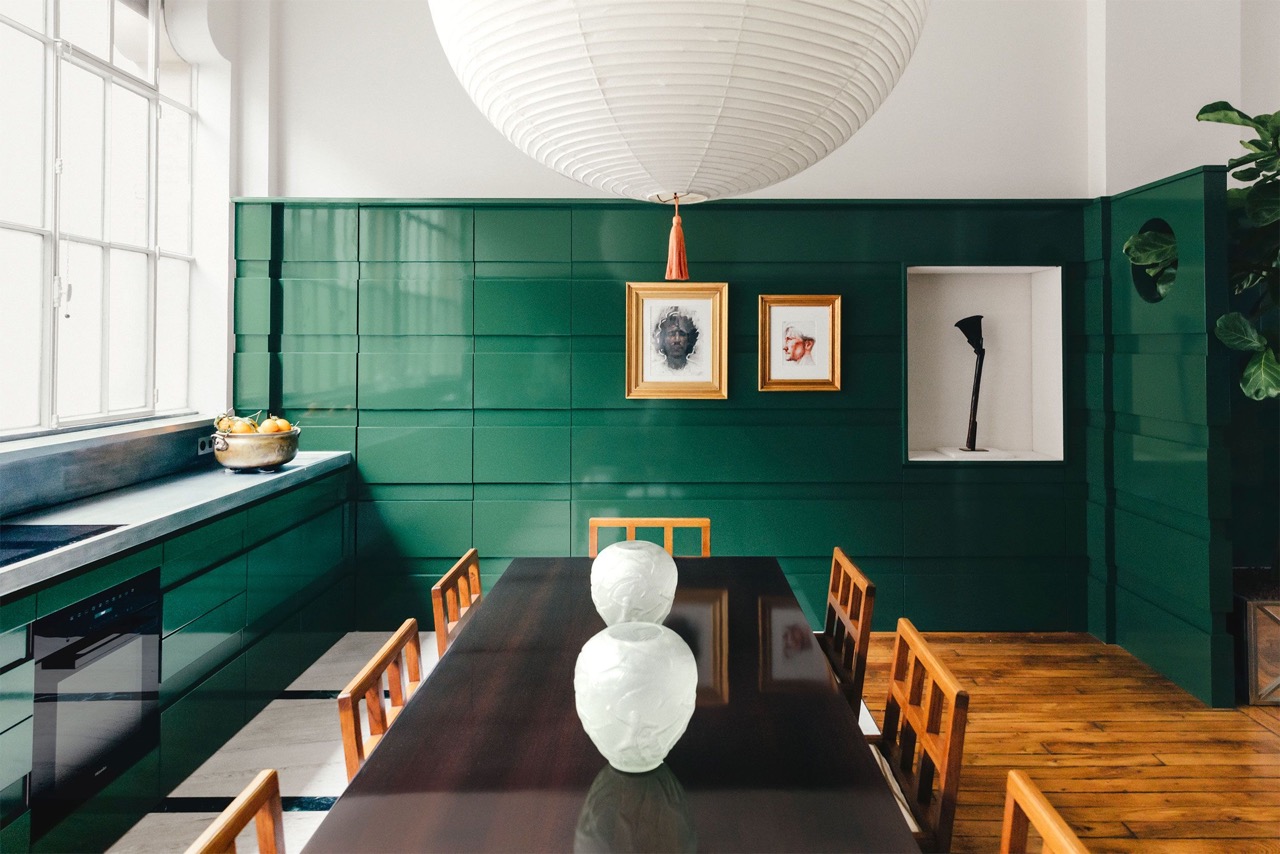
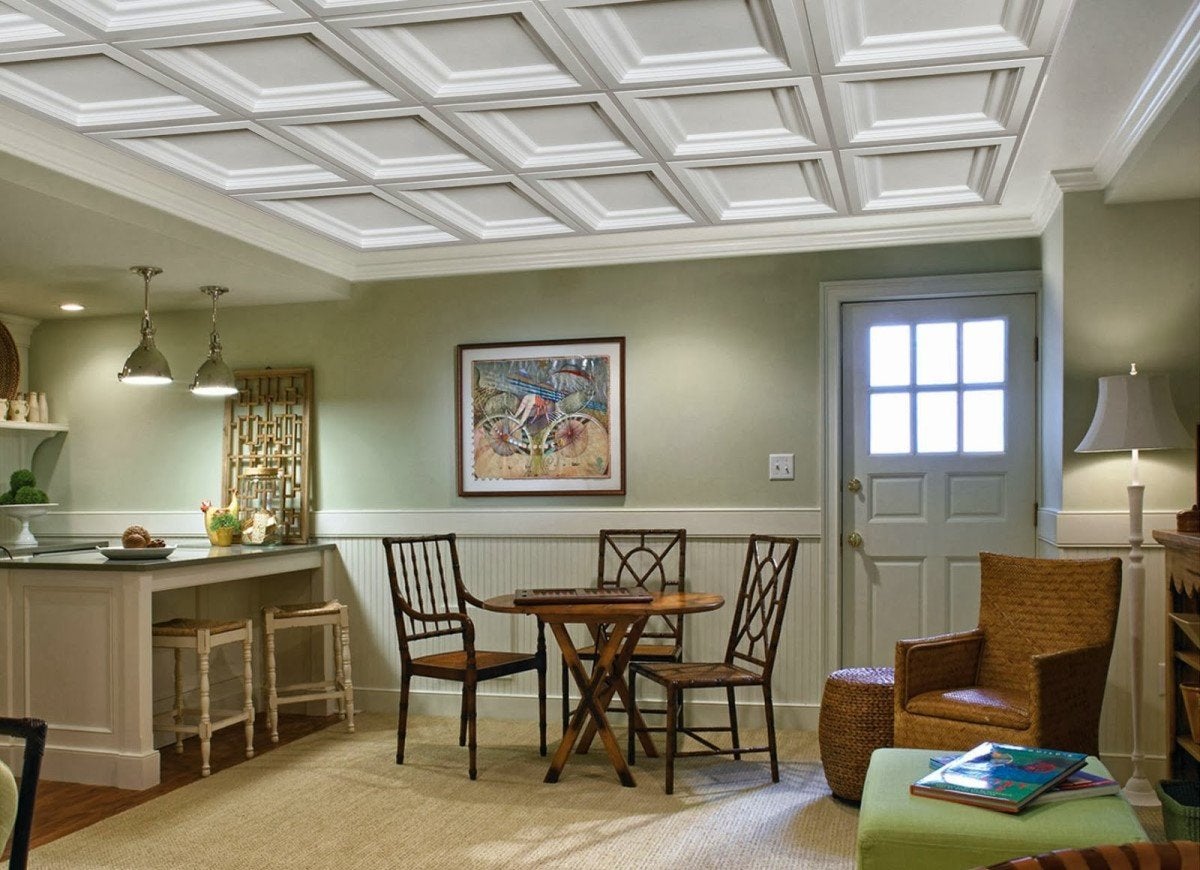
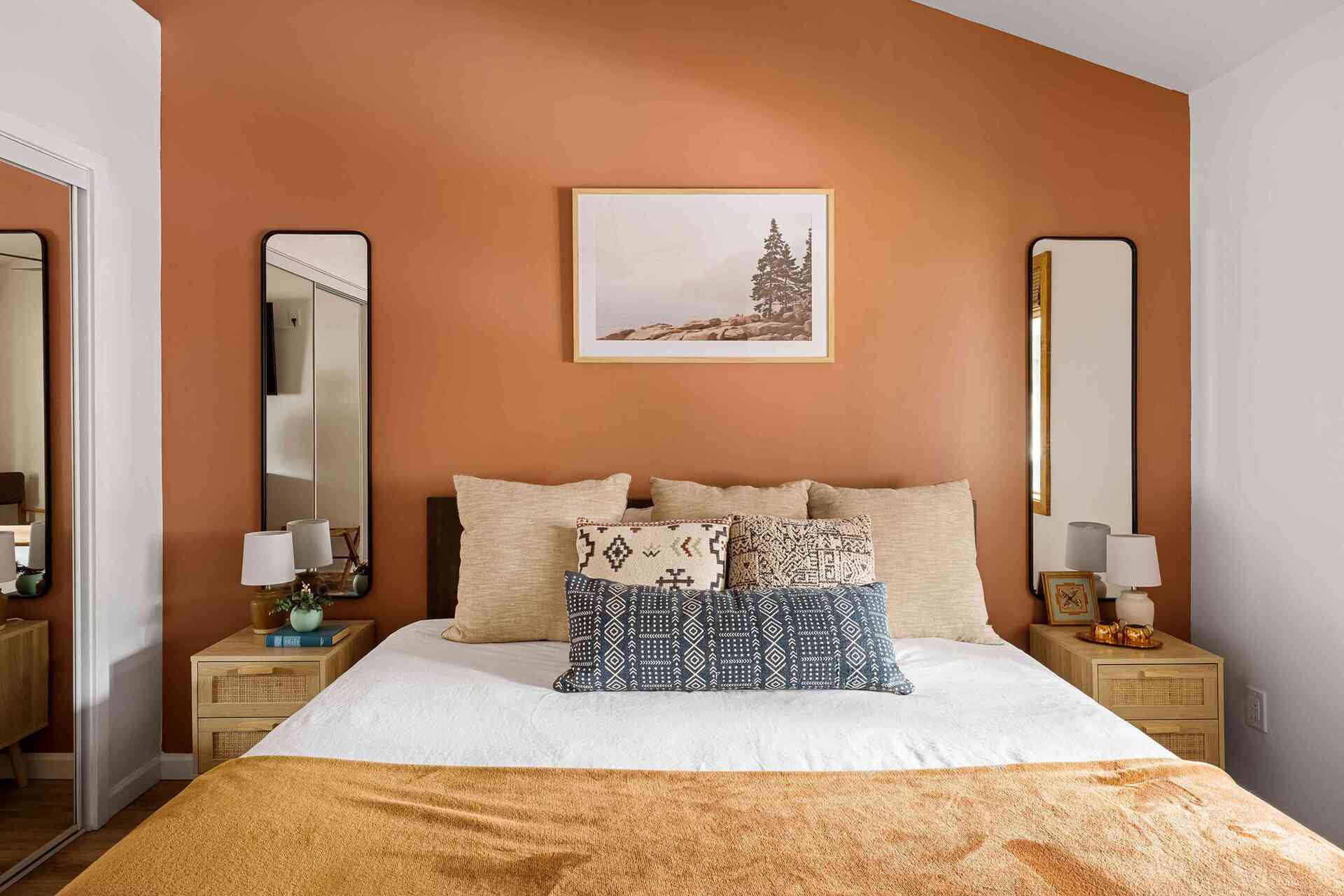
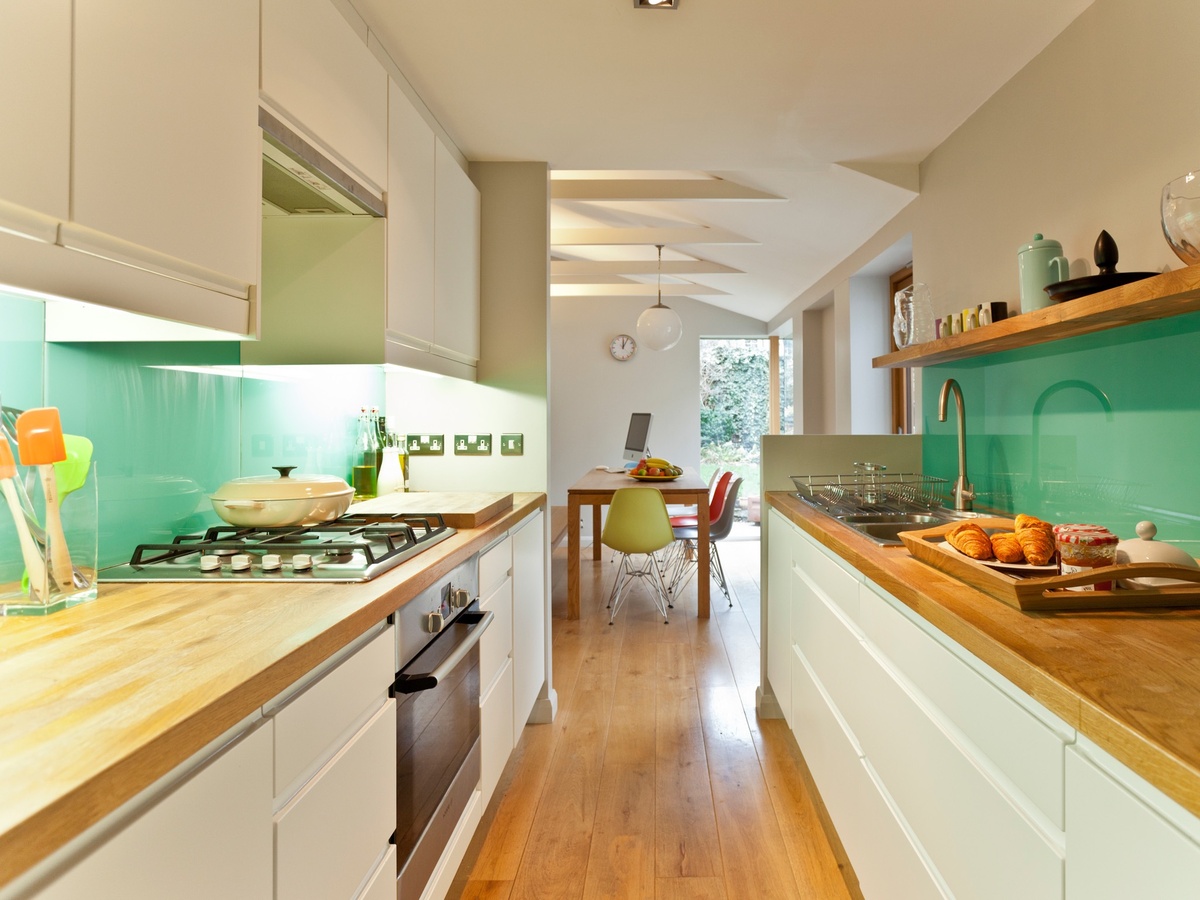
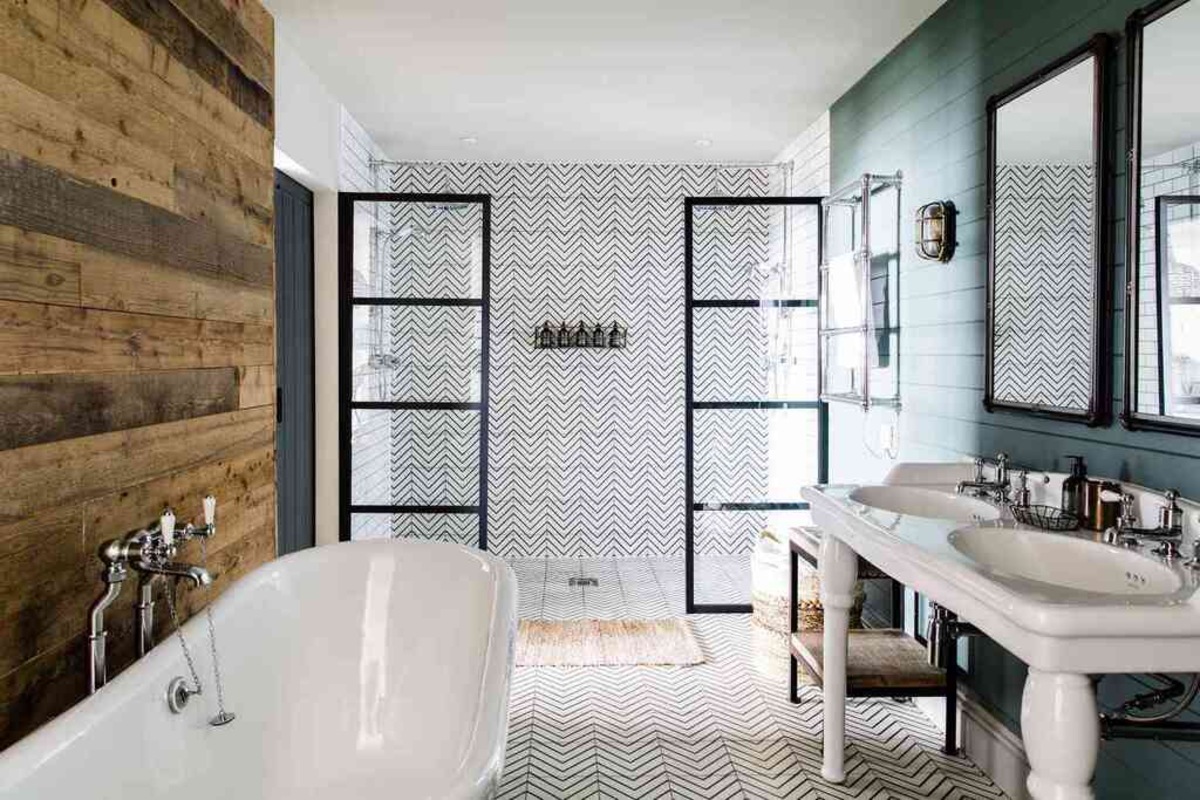
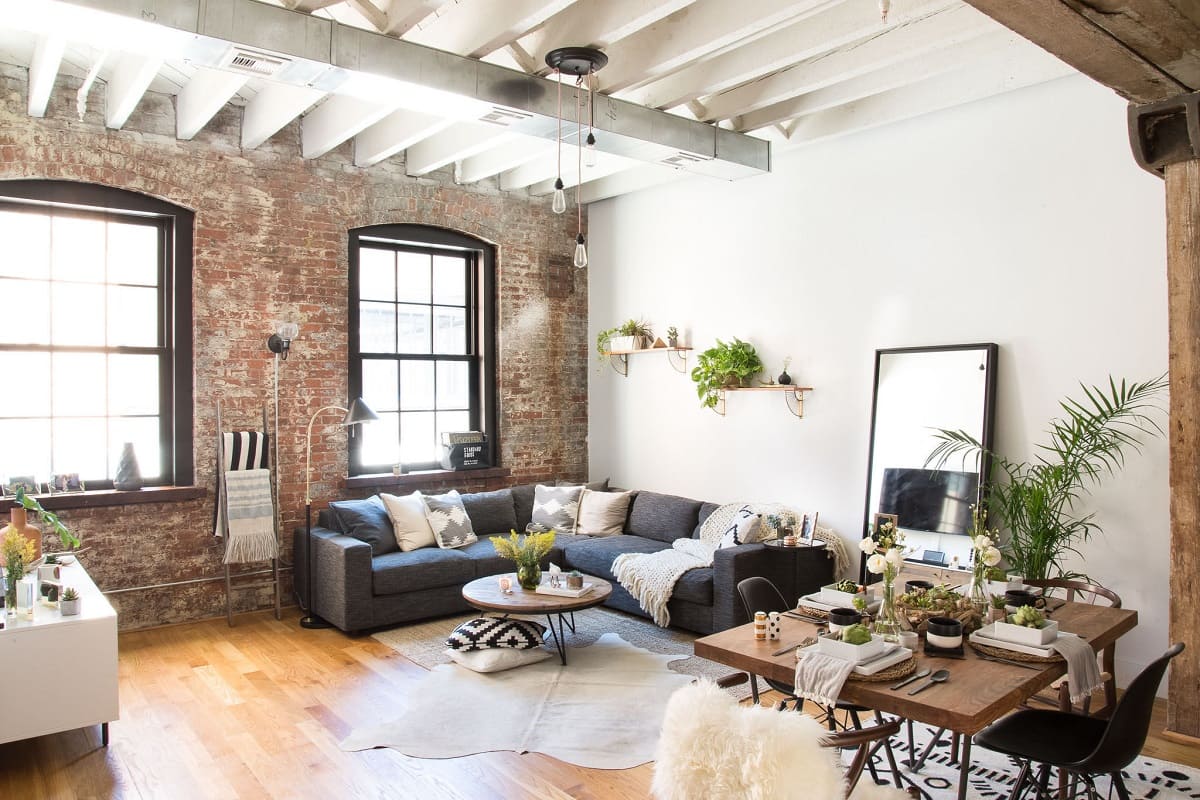
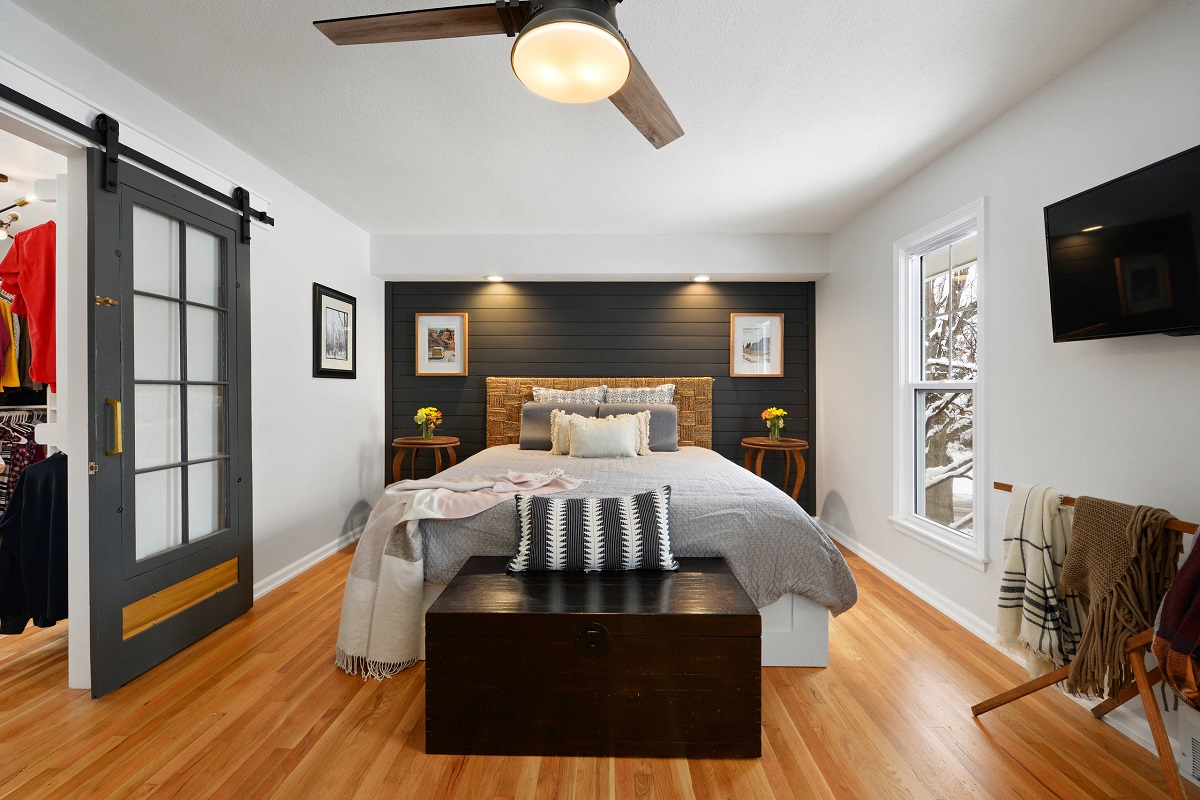
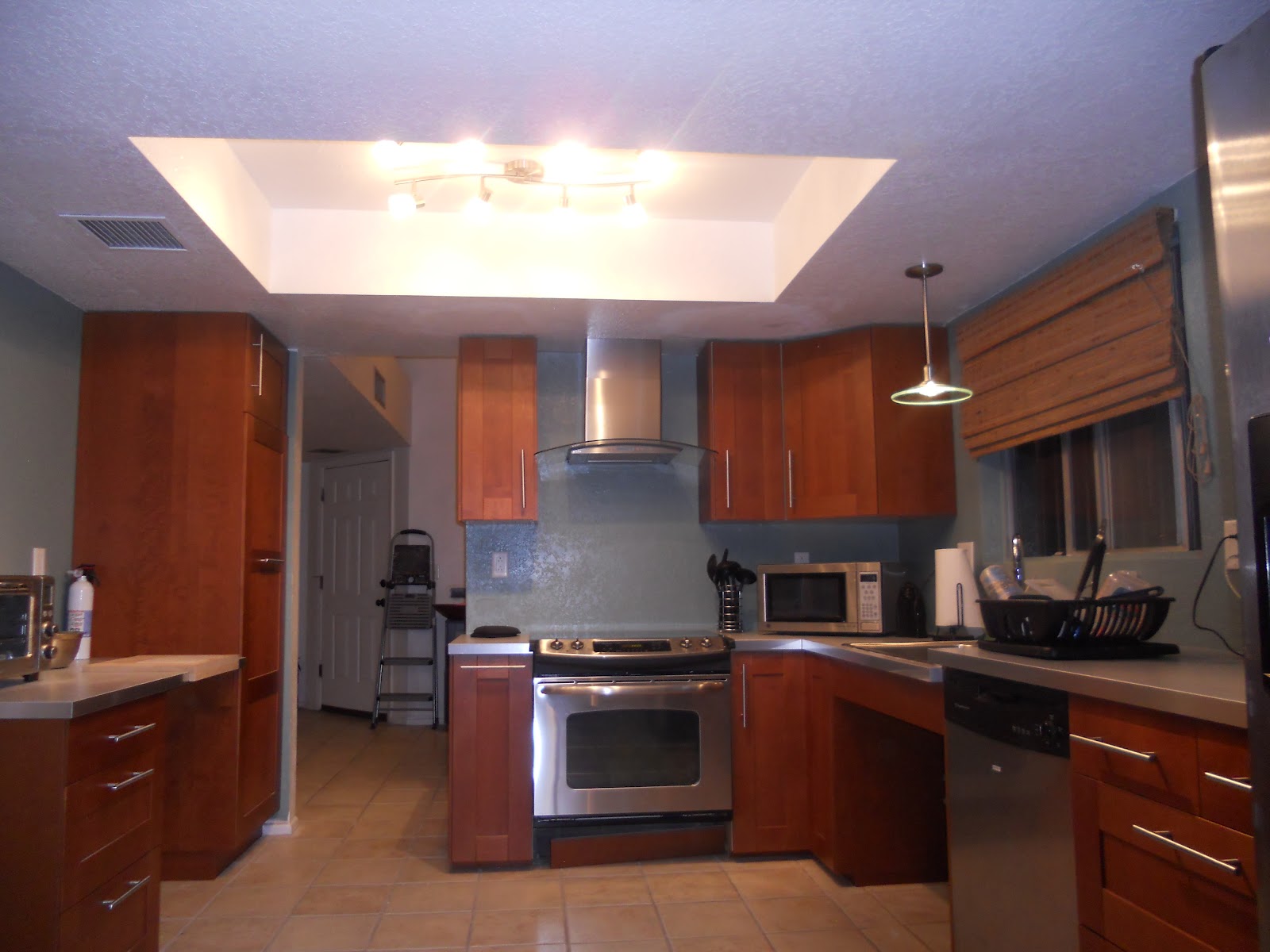
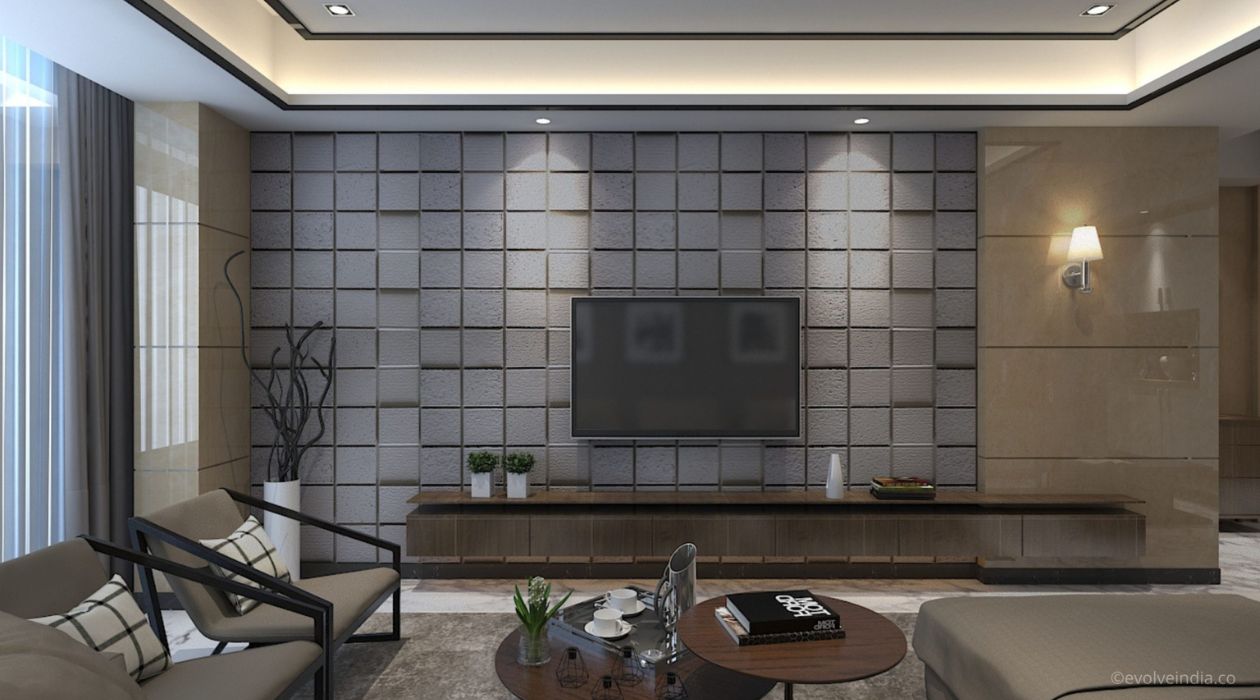
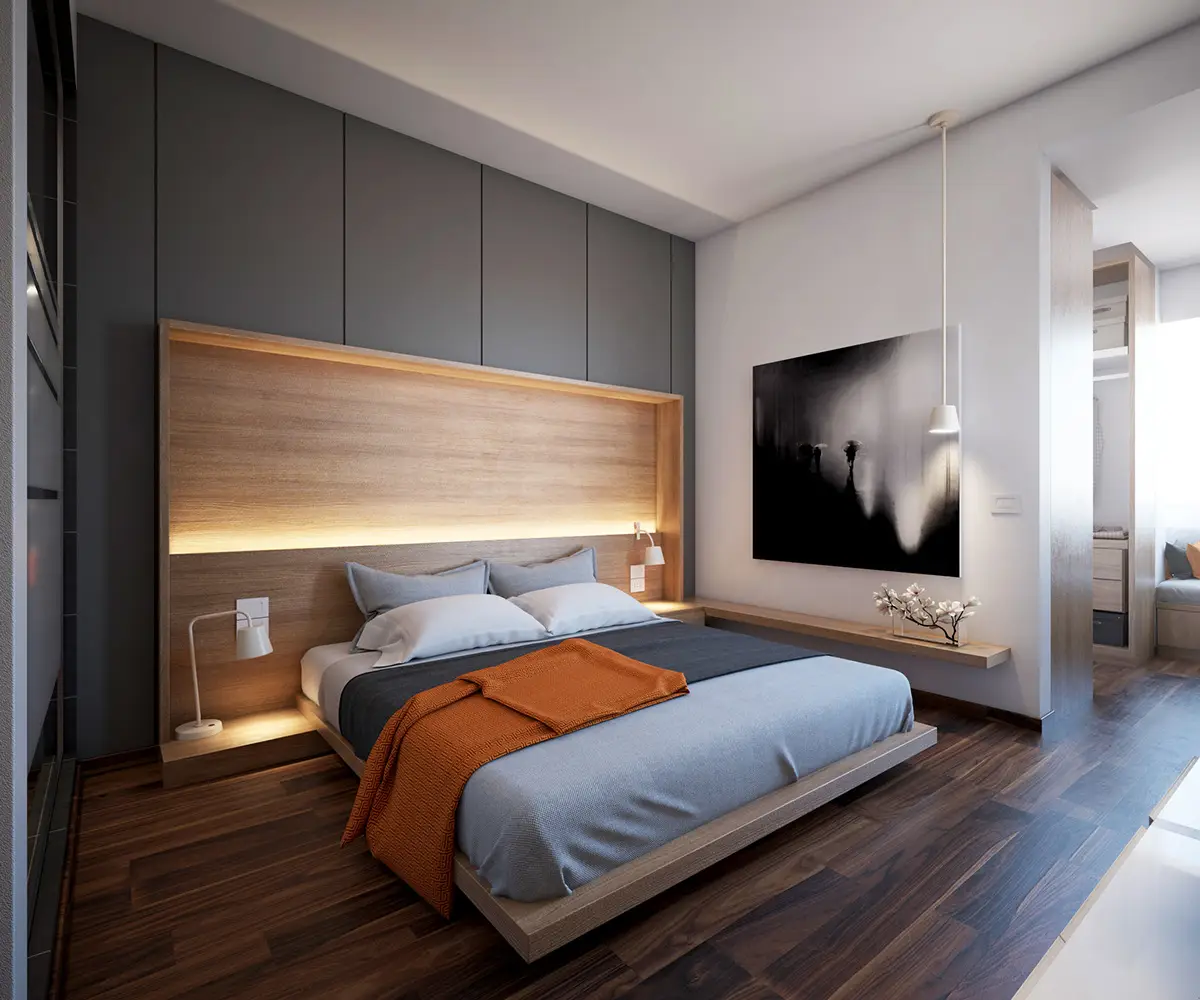
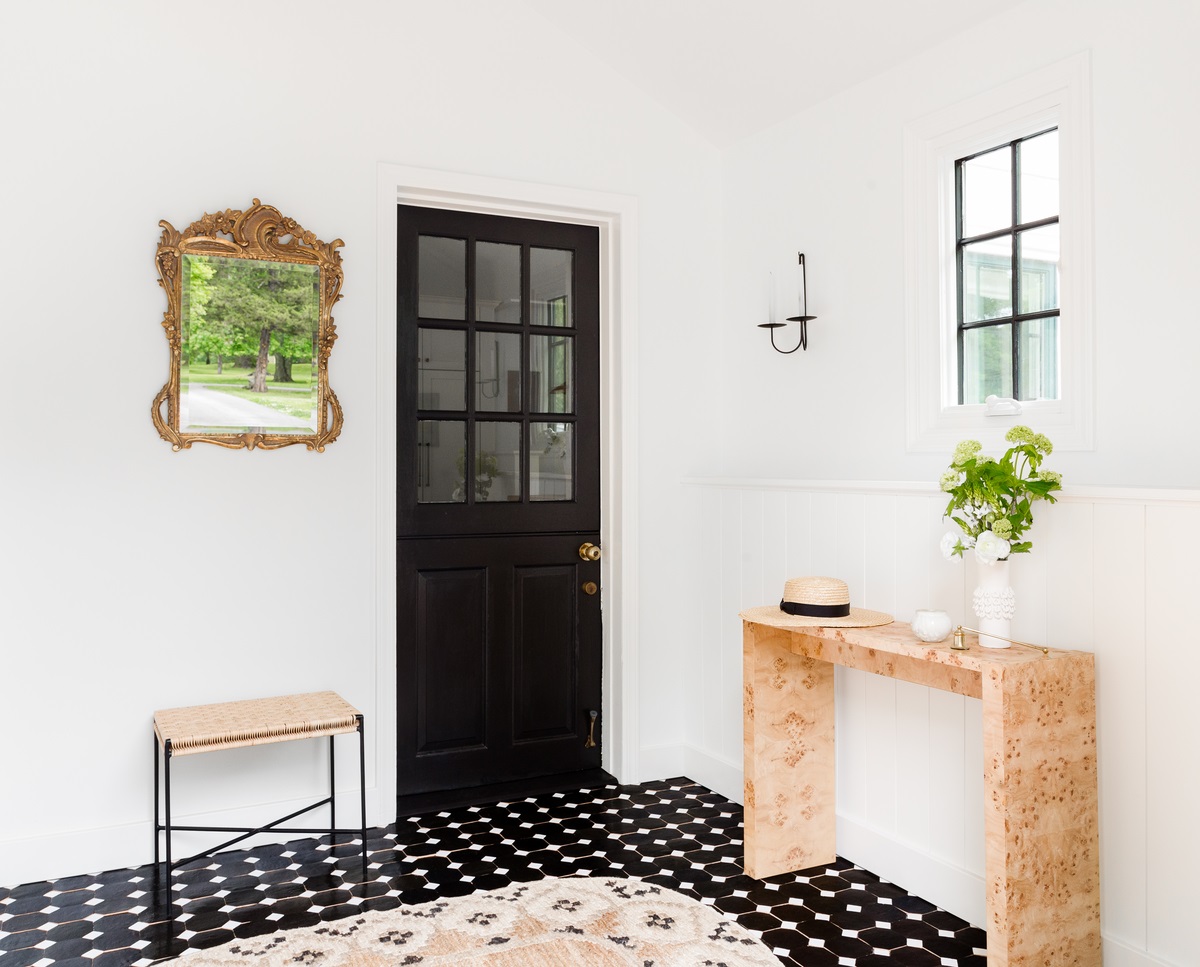
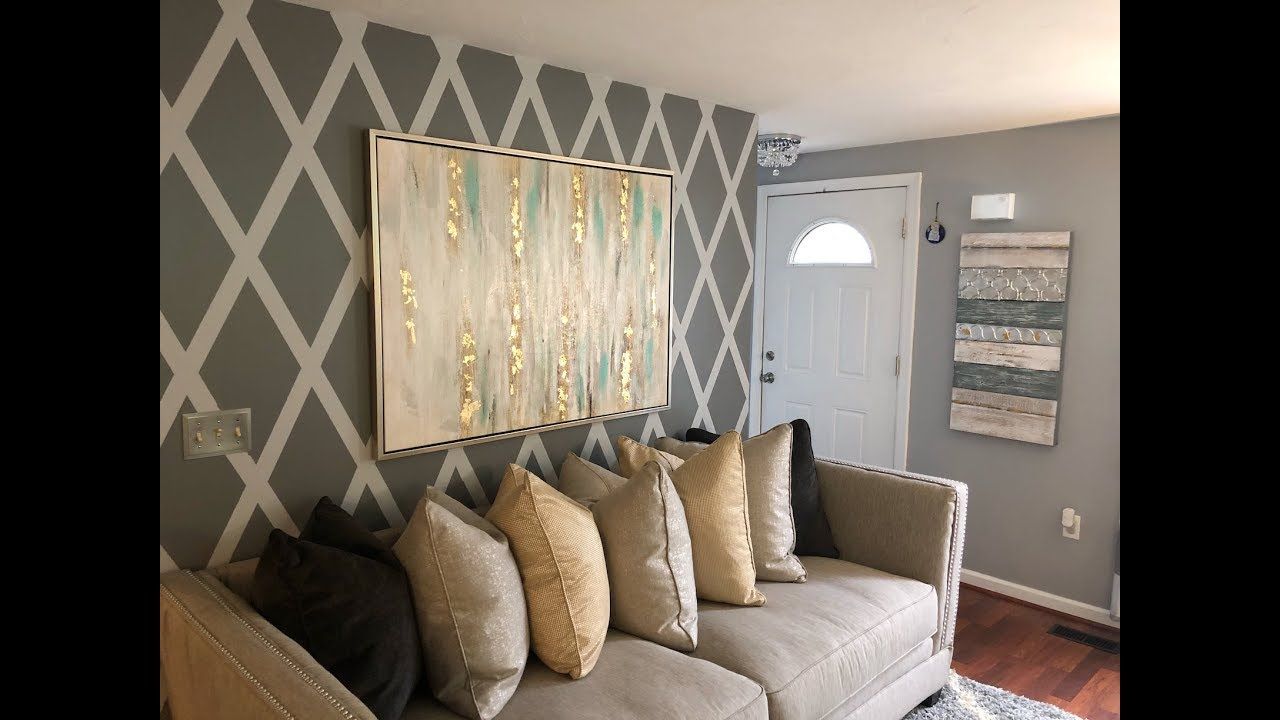

0 thoughts on “Ceiling Ideas: 13 Ways To Add Interest To The Fifth Wall”